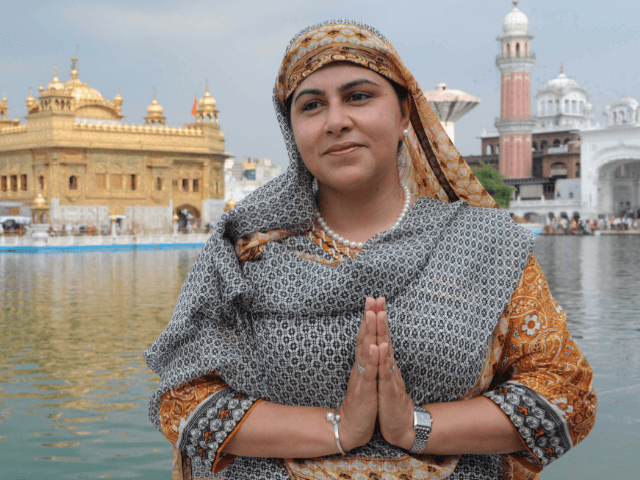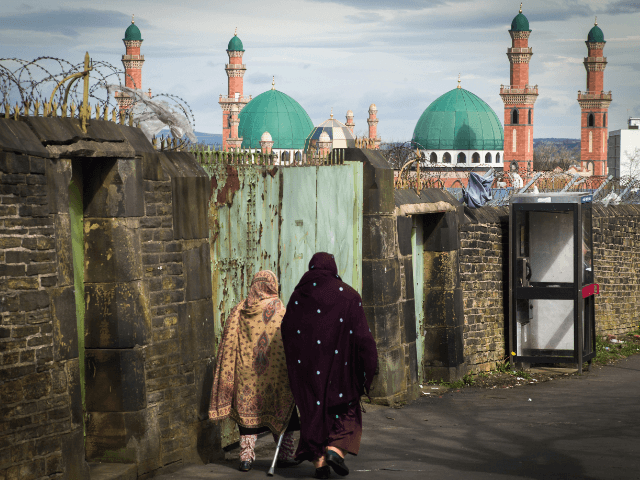The first Muslim woman to serve as a British government minister, Baroness Warsi, has called for mosques in the UK to be built without minarets to help develop a “distinctly British brand” of Islam.
She argued that there was no reason why mosques should not look like traditional village churches.
“A nod to the heritage and the culture that you find yourself in can be very helpful”, she said, explaining that she wants “to see an Islam which sits comfortably within Britain and a Britain that sits more at ease with Islam.”
According to the Baroness, building mosques to look like churches would not be a problem, as “the only requirement is for it to have a place for the imam to stand, to be facing Mecca when you pray and to have places for people to wash before prayer”.
The peer, who served as the so-called “faith minister” in the Coalition government, is purportedly setting up a new foundation in her name to promote religious tolerance.
She first made the mosque suggestion last week in a speech at St Mary’s University, London where she is starting as a visiting professor and where a competition is running to design such a mosque.
During the speech, she also said that Muslims were not religiously obliged to wear full Middle Eastern dress, such as the burqa and/or long gown, when they live in the west.
“I defend my right to dress modestly – but that doesn’t have to look like it would in Yemen. I cannot understand why you would want to look like someone who walked out of Yemen, unless your parents lived there,” she said.
Speaking to The Telegraph, she elaborated on the British mosque plan:
“The phrase that I keep coming back to, which is rooted in Islamic thinking, is that Islam is like a river that takes the colour from the bed over which is flows, the bed being the country in which it is found.
“There has to be a debate about cultural reference points in religious buildings, how does it find its identity in the place in which it is built?
“If you look at mosques around the world they are very differently shaped and sized; they have different features, some have minarets and some don’t have minarets.
“The minaret is traditionally used somewhere where the call to prayer would be issued from the top of the minaret.
“If the principal reason no longer exists, with someone having to physically go up to the minaret, should we take more local cultural reference points from this country instead?
“That’s what we want to have a debate around and a potential design competition. What I would like to see is the quintessential English mosque.
“It is not for me to say what that would look like.”


COMMENTS
Please let us know if you're having issues with commenting.